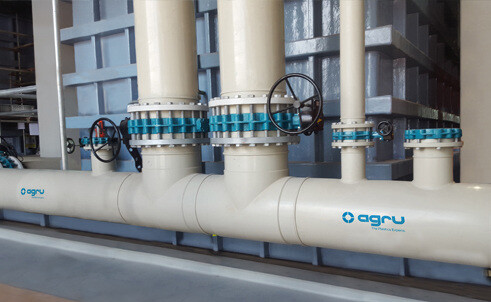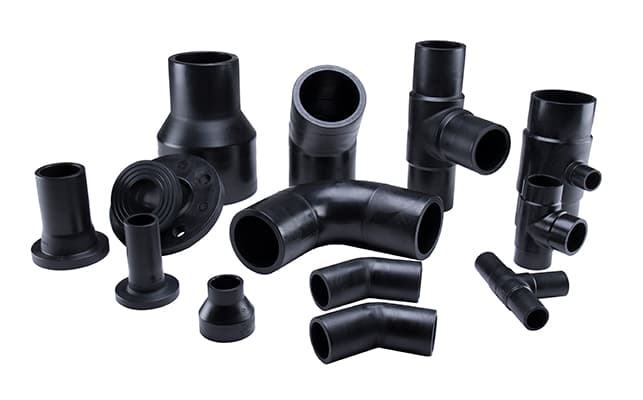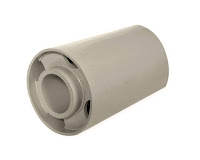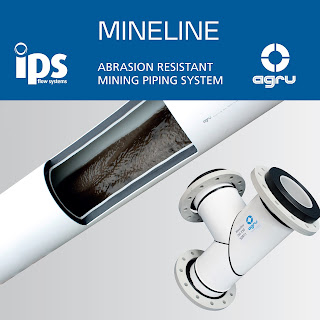Static builds up when two surfaces that are not electrically conductive rub together. In certain situations where volatile media or dry substances are being conveyed, the risk of static discharge from pipes can be potentially dangerous .
To control and safely discharge static electricity, special grades of electrically conductive Polyethylene and Polypropylene pipe should be used.
Reduce Static


Electrically conductive pipes are designed to be used for piping systems in plant engineering, these specialist polymer products are an increasingly popular alternative choice for this application due to their safety.
Electrically conductive systems are available in three materials: Polypropylene electro-conductive PP-el); Polyethylene electro-conductive (PEHD-el); and Polypropylene flame retardant and electro-conductive (PPR-s-el). A full range of pipping system parts are available in each of these materials; including pipes, fittings and semi-finished products. The range of fittings includes flanges, tees, bends and reducers.
The dimensions of these pipes range from 32mm in diameter to 1200mm - in standard lengths of 5m. A choice of pressure ratings from PN3.2 to PN10 are also available. Our range of fittings - manufactured using injection moulding - are available in sizes up to 315mm.
As is the case with all of our AGRU pipes, strict control of incoming raw materials and a sophisticated production systems ensures that all materials are completely traceable. This can be demonstrated with certificates according to EN10204.
Typical applications for PPR-s-el, PP-el & PEHD-el include:
- Piping and tanks in explosion-proof rooms
- Process plant construction
- Suction and exhaust piping systems
- Piping systems for solids
- Piping systems for aggressive media
- Degassing piping systems in waste disposal facilities
- Linking tanks and containers
- Mining applications




